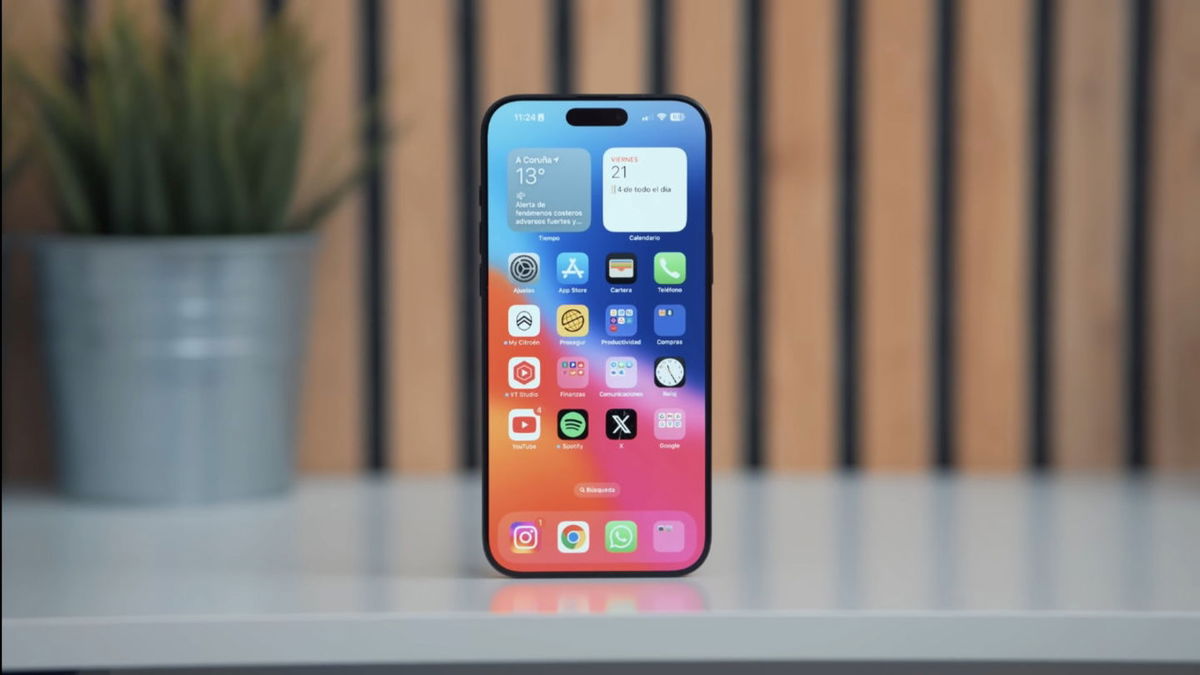It’s probably happened to you more than once when you have an annoying neighbor who keeps making hellish noise in the early morning hours while you’re trying to sleep, and there doesn’t seem to be any insulation to mitigate the effects of the vibration.
Well, so far it’s Massachusetts Institute of Technology seems to have created an almost magical fabric that almost perfectly insulates any noise annoying.
The system uses technology similar to noise canceling headphonesalthough it builds on a previous discovery by the same team in which they were able to turn this type of fabric into a microphone.
What sound blocking actually does is piezoelectric fiber to which the fabric is attached. Piezoelectric materials have the property of deforming under the influence of electric current and transition from a normal state to a deformed state with rapid fluctuations in this current.

The MIT researchers attached a 0.13 mm thick single piece piezoelectric fiber to the center of the fabric. As with noise-cancelling headphones, the sound waves from the fabric are out of phase with the sound you want to cancel, causing it to be blocked. They explain that such fabric can be used to create Curtains-partitions in open work areas or install it directly on the wall to prevent annoying neighbor noise from reaching your home.
“Noise is much easier to create than silence. In fact, to prevent noise, we allocated a lot of space with thick walls. The new work proposes a new mechanism for creating silent spaces using a thin layer of fabric,” he says. Yoel Fink, director of the Electronics Research Laboratory at the Massachusetts Institute of Technology and co-author of a paper recently published in the journal Advanced Materials.

To demonstrate the effectiveness of the fabric, the team tested their system by mounting the fabric on a circular frame and playing a popular Bach costume next to it. Air. The results showed that there was vibration reduction up to 95%, which led to a reduction in transmitted sound by 75%. The team also discovered something unexpected: the ability to reflect sound and reflect it back to its origin increased by 68%.
Experiments also showed that both the mechanical properties of the fabric and The size of its pores affects the efficiency of sound generation. Although other fabrics such as canvas or muslin can be used, silk’s smaller pore size makes it a better fabric for loudspeakers and therefore a better noise insulator.
“There’s a lot we can do to make this soundproofing fabric really effective,” he says. Grace Young is a postdoctoral fellow in MIT’s Fink Laboratory and lead author of the study. “We want people to think about controlling structural vibrations to suppress sound. This is just the beginning.”
Source: Digital Trends
I am Garth Carter and I work at Gadget Onus. I have specialized in writing for the Hot News section, focusing on topics that are trending and highly relevant to readers. My passion is to present news stories accurately, in an engaging manner that captures the attention of my audience.












